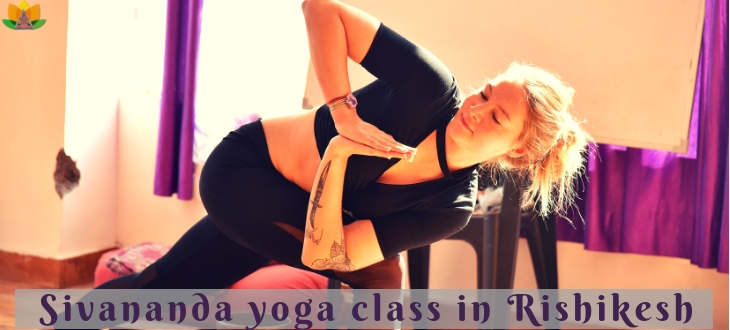Sivananda Yoga class is based on an action plan which consists of twelve complete asanas one after the other. It can be combined with an exercise like Surya Namaskar or Hatha Yoga practice. In Sivananda’s style of yoga practice, a sequence of asanas is followed one after the other. The seeker needs to control the breath and coordinate this breathing with physical activities while focusing on mental awareness. It is monitored with the movement of the body and any other forms of meditation and linking and pranayama-like meditation. This requires obtaining the essential benefits of yoga, which are the mental aspect the physical domain, and the spiritual action.

In the sequence of yoga practice, the session begins with Shirshasana or Sivanandasana. This is a complex yoga asana that may seem difficult, to begin with. Also, it requires focus and hard work. Once mastered, there are many positive aspects to it. It affects the top of the head, where the brain is located and regulates body functions as well as making blood flow to the brain more efficient. The next yoga asana is performed in basic yoga postures, focusing on the subconscious mind and activity. Like Shoulder Stand or Kalimba Sarvangasana, this asana stimulates the upper body. Strengthens the muscles of the upper body, especially the muscles of the shoulder girdle and upper back.
The next asana is matsyasana or fish pose, which stimulates the lower body and pelvic region.
All these 3 asanas have the potential and power to affect different organs and glands. It affects the thyroid gland and thymus gland, both these organs are responsible for metabolism in the body, then these asanas act on the circulation of the body. Affects the overall health of the heart.
Likewise, it also includes an array of back-bending poses. cobra pose or locust; This action takes place on the lower organs of the body such as the female and male reproductive system, kidney, and intestine, hence related to fertility and digestion in the human body.
The last asana of the series is Shavasana or Corpse pose. It is in a more relaxed position than the more rigid force pose. When the body is in a decompressed state, this main action is from the external senses and also passes through the external consciousness of the body.

